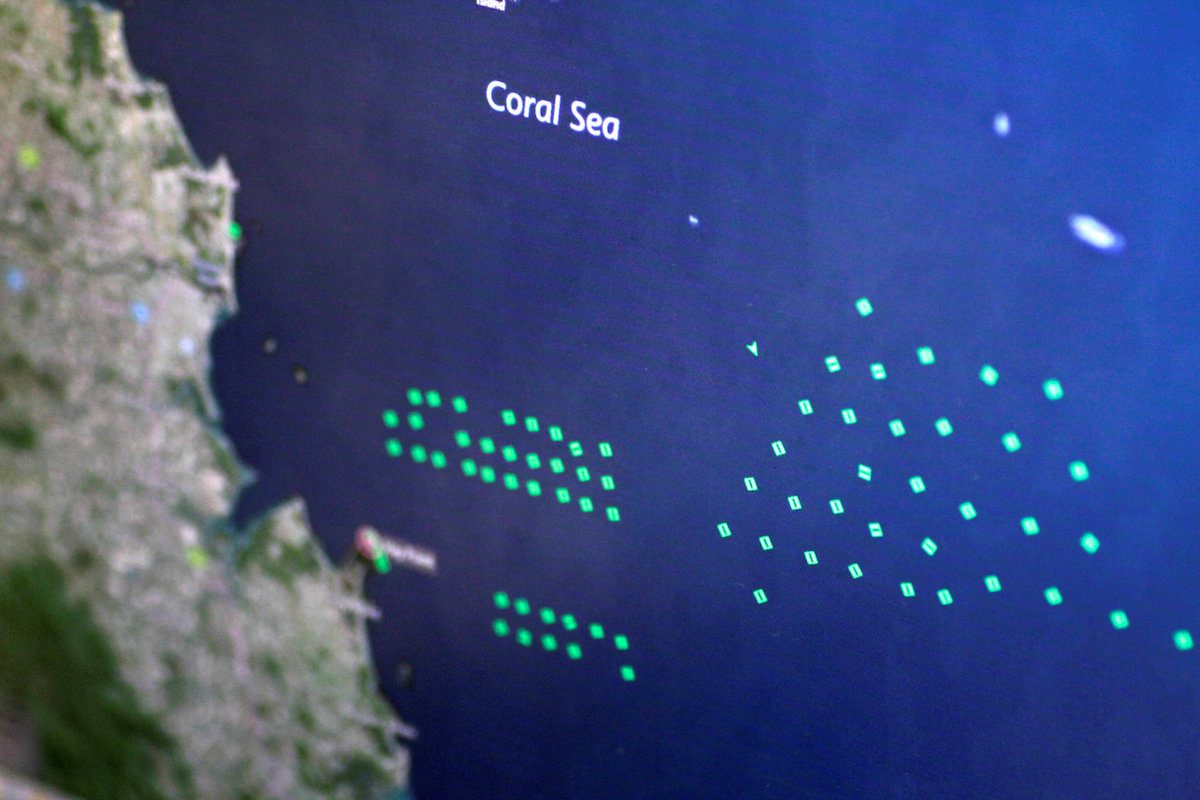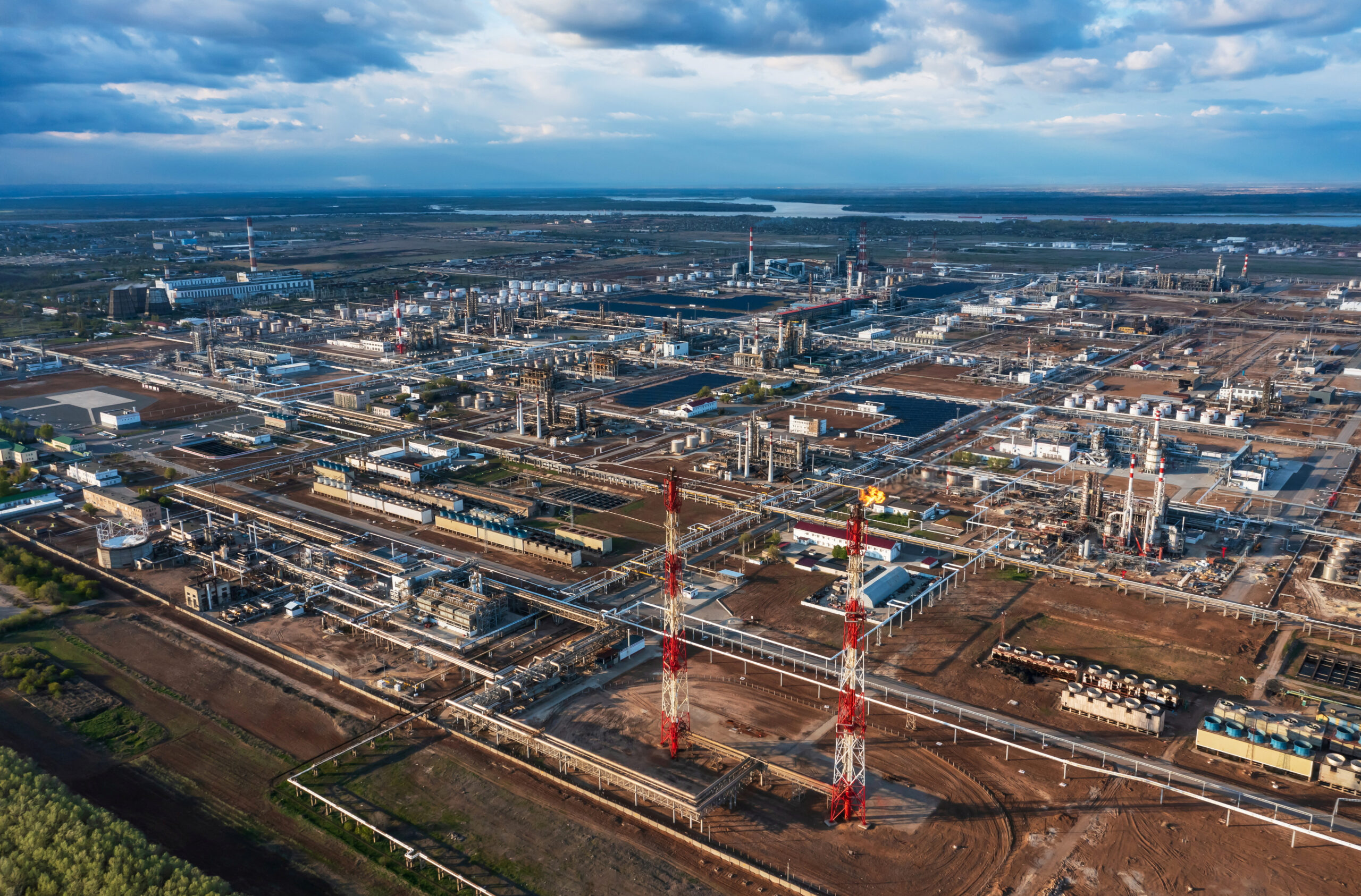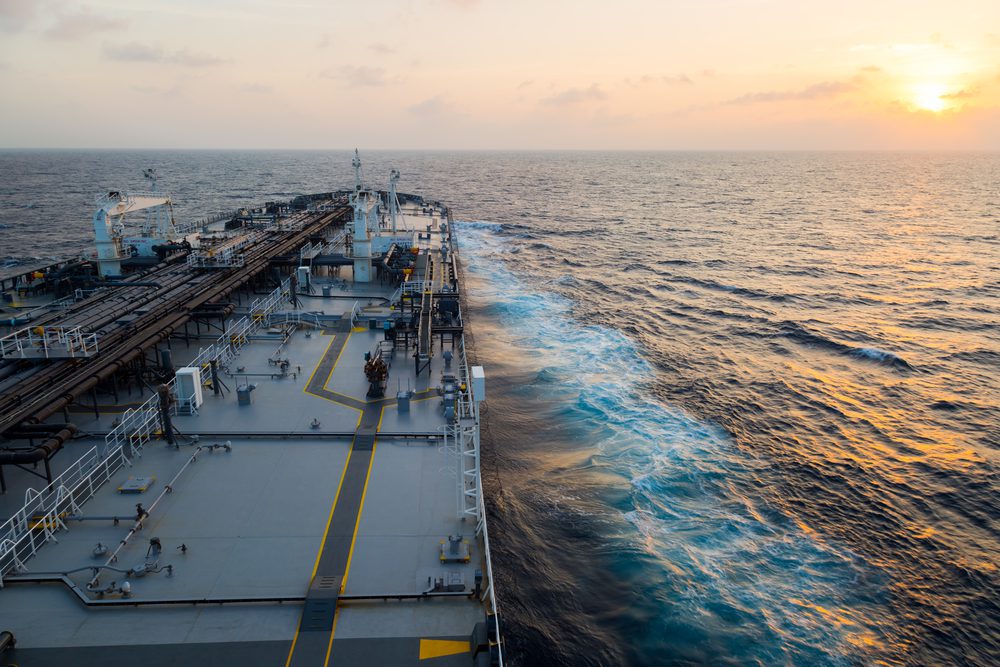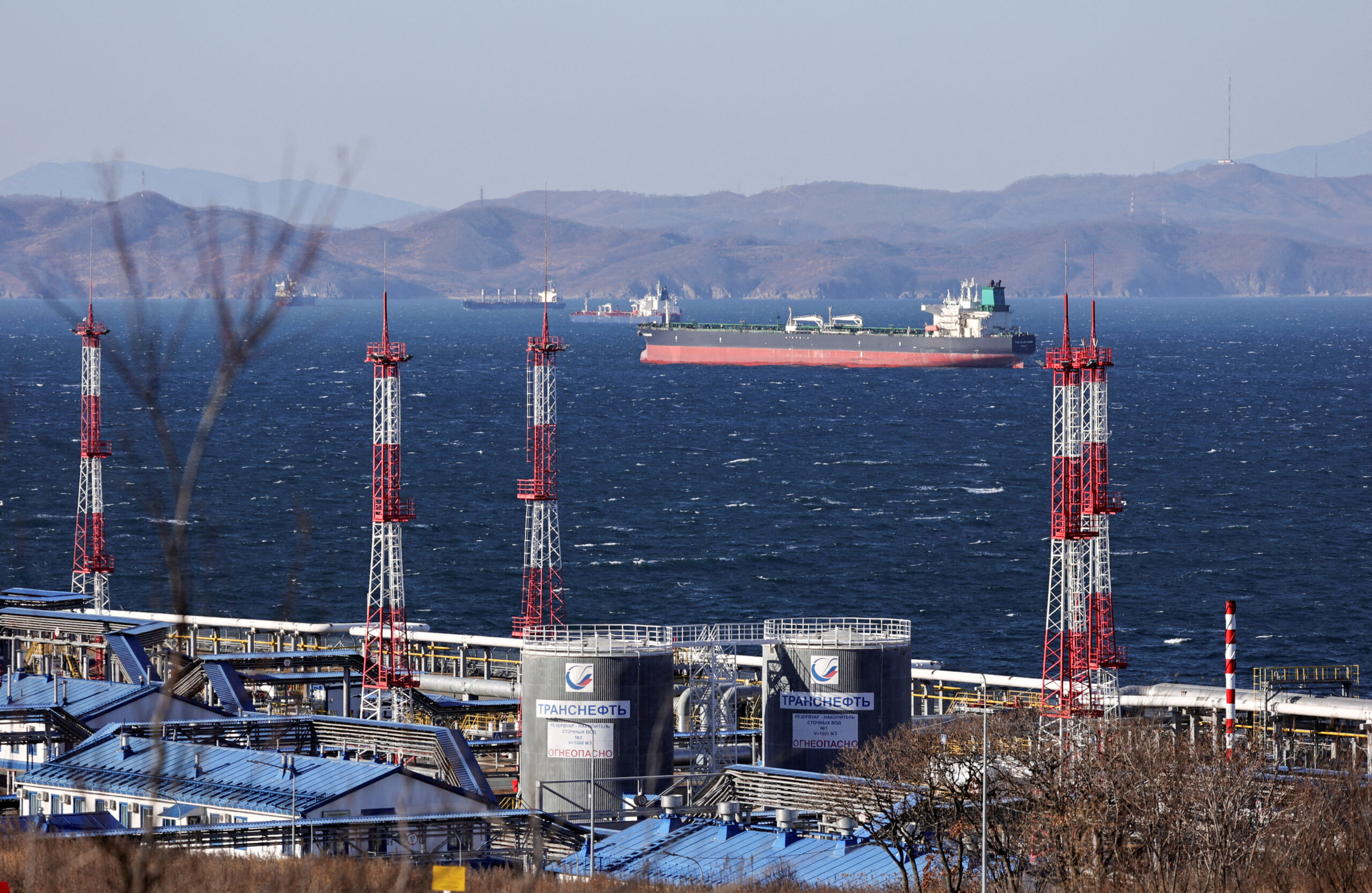Illustration photo of an Eikon ship-tracking screen shows dry bulk ships waiting off Hay Point Australia December 15, 2017. REUTERS/Thomas White/Illustration

By Keith Wallis SINGAPORE, Dec 20 (Reuters) – More than 300 large dry cargo ships are having to wait outside Chinese and Australian ports in a maritime traffic jam that spotlights bottlenecks in China’s huge and global commodity supply chain as demand peaks this winter.
With some vessels waiting to load coal and iron ore outside Australian ports for over a month, key charter rates have jumped to their highest in more than three years. Placed end-to-end, the total delayed fleet would stretch more than 40 miles, enough to span the English Channel from Dover to Calais and back.
As well as choking supplies to the world’s second-biggest economy, the clog is costing extra in a shipping sector operating on tight margins, just as it recovers from its worst downturn in more than three decades. Charterers of capesize ships – the largest bulk dry cargo carriers – face paying an extra $1 million per vessel, assuming a 45-day wait, according to fixture data on the Reuters Eikon terminal.
“There are some ports in east Australia that have 80 vessels anchored, which translate into 20-25 days of delay and congestion,” said Ziad Nakhleh, managing director of Greek ship owner Teo Shipping.
Shippers and brokers said the delays were typical, especially during the peak demand winter season, as bad weather including fog and strong winds in China and infrastructure issues in Australia exacerbate increased demand for vessels to satisfy China’s soaring minerals appetite.
Australian ports affected include Queensland export terminals at Hay Point and Dalrymple Bay, where there are 76 capesize and panamax vessels – named for being the largest size than can navigate the Panama Canal – waiting to load, according shipping data in Thomson Reuters Eikon.
At Dalrymple Bay, the 93,296 deadweight tonne (DWT) panamax ship Piavia arrived to load coal on Nov. 4. But loading only started on Dec. 17.
“It must be congestion. I don’t think it’s normal to wait six weeks,” said Nicolaus Bunnemann, joint managing director of the ship’s German owner, Atlantic Lloyd.
Delays at Hay Point and Dalrymple Bay were caused by a combination of port maintenance and the ongoing impact and disruption caused by Cyclone Debbie in March, said Ian Macfarlane, chief executive of the Queensland Resources Council.
“It’s business as usual off Hay Point but we’re still seeing queues for Dalrymple, however it’s declining steadily and we’re expecting a return to normal sometime in January,” Macfarlane told Reuters.
PORTS CLOSED
Once finally loaded, most ships will head to China, where some vessels have already waited over two weeks to unload, according to shipping data.
“There have been several incidents where ports in China have been closed for two or three days at a time,” one Singapore-based capesize ship broker told Reuters. “Changjiangkou (or CJK, the anchorage outside Zhoushan-Ningbo) and Bayuquan were all closed at one stage, although CJK was the worst affected.”
Ship owners with ships stuck in the maritime traffic jam miss out twice around: they are unable to hire out their vessels at the higher rates the congestion has caused.
Charter rates for a 180,000 DWT capesize ship from Western Australia to China hit $10 a tonne – equivalent to about $28,000 a day – on Dec. 12, the highest since April 2014.
Adding to the congestion is a coal and iron ore buying spree that kicked in after the National Congress of China’s communist party in October.
“There has been an abundance of cargo in the market since November after import controls were imposed during the 19th National Congress Meeting,” said Ong Choo-Kiat, president of Taiwan’s dry cargo shipper U-Ming Marine Transport.
“Bad weather, substitution of domestic ore with better quality imported ore caused by the anti-pollution policy, and strong steel prices…have all helped to push freight rates up,” Ong said.
SHIPPERS FRAGILE
China’s December coal imports are set to hit 28 million tonnes, the highest since December 2013, according to Ralph Leszczynski, head of research at ship broker Banchero Costa in Singapore.
For all of 2017, China is on course to import 220.2 million tonnes of coal, up 10 percent year-on-year, according to shipping services firm Clarkson.
Iron ore imports are set to hit 1.07 billion tonnes, up 6 percent compared with 2016, Clarkson said.
The strong demand for iron ore and coal adds to already soaring Chinese consumption of oil and natural gas, most of which is also imported. That’s a boon for a shipping industry that is struggling to recover from on of its worst-ever downturns.
Still, shippers say any recovery is fragile, due to an ongoing oversupply in ships.
“The return to permanent profitable freight rates is still way off,” said Peter Sand, chief shipping analyst at shipping industry lobby group, Bimco.
(Reporting by Keith Wallis; Editing by Henning Gloystein and Kenneth Maxwell)
(c) Copyright Thomson Reuters 2017.

 Join The Club
Join The Club











